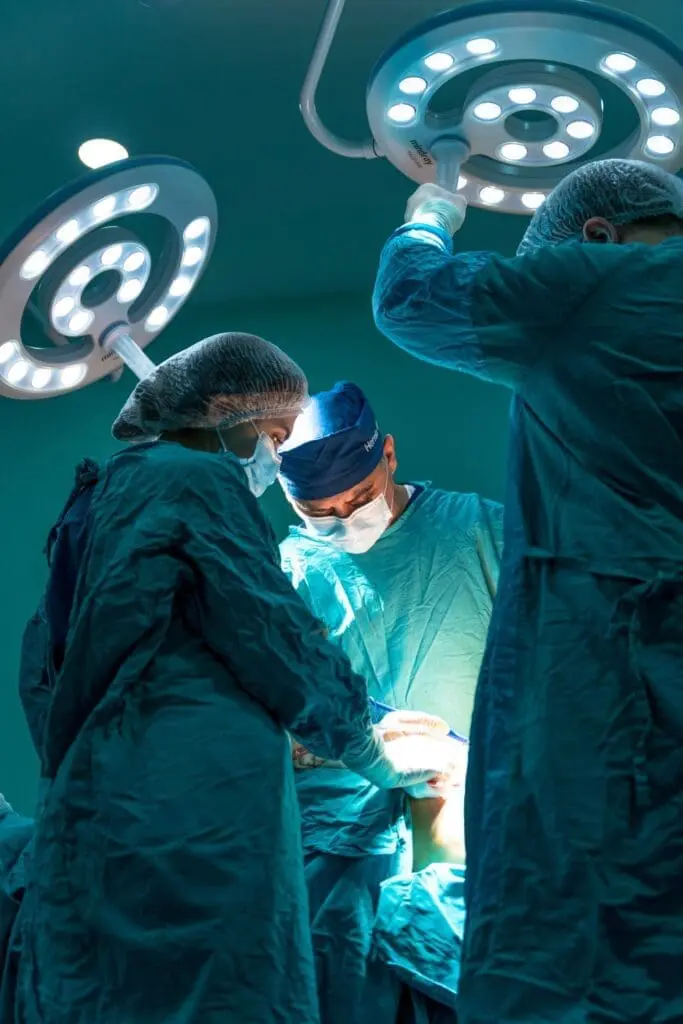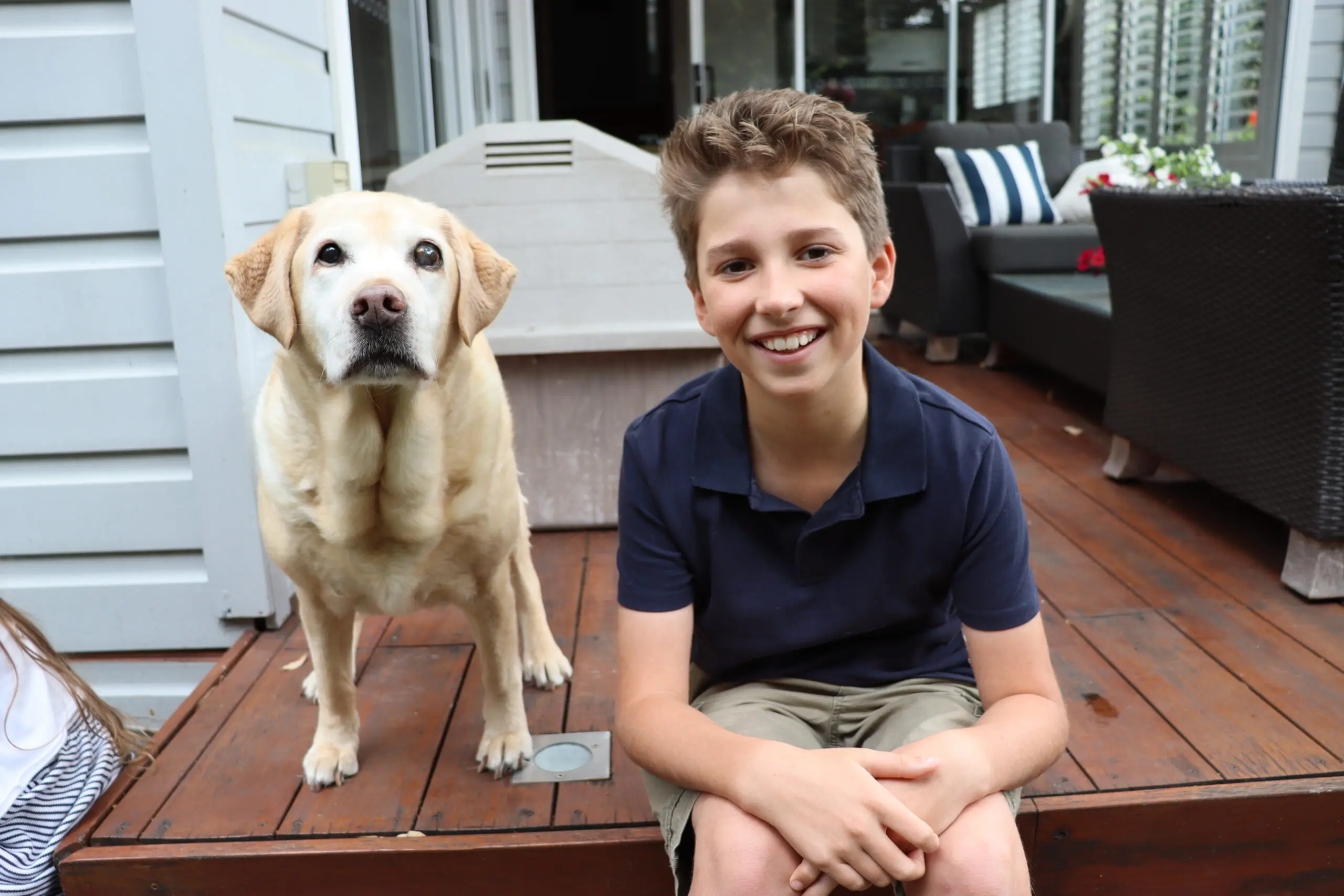
Thomas was nine years old when he was diagnosed with type 1 diabetes (T1D).
In Australia, there are more than 130,000 people who live with T1D, and over 2,900 children and adults who are diagnosed each year. Thankfully, advanced diabetes technologies are changing the way that people with T1D are monitoring and managing their blood glucose levels and helping improve their quality of life.
In February 2022, Thomas’ Year 4 teacher wrote an email to his parents mentioning that he was often asking to go to the toilet during class.
His parents, Katherine and Patrick, had also noticed that Thomas was regularly going to the toilet during night. Frequent urination is a common symptom of diabetes and knowing Katherine’s father was diagnosed with T1D when he was 44 years old, they arranged an appointment for Thomas with his local GP.
The GP took a blood and urine sample and said that Thomas may have diabetes and they were advised to go straight to hospital for further tests.
With the diagnosis of T1D confirmed, Thomas spent two days at Royal North Shore Hospital (RNSH) under the care of Clinical Associate Professor Shihab Hameed, Head of Department of Paediatric Endocrinology and Diabetes.
It was a sudden diagnosis which the family had to quickly come to terms with, in addition to an overwhelming amount of information on how to manage diabetes.
“I barely knew anything about it,” said Thomas. “But my Papa has it and I knew he treated it with needles.”
Katherine recalls the nurses who cared for Thomas as very loving, caring and supportive, helping the family to understand the steep learning curve of what is involved in a diabetes treatment plan. This included checking his blood sugar levels, counting carbohydrates in his food and calculating the correct dose of insulin Thomas requires, and administering it before every meal and snack.
In health, we have 1-2 billion insulin-producing cells in our bodies, which constantly work to keep our blood glucose levels in the right range. In people who have T1D, the immune system attacks those cells, and gradually destroys them. When a child presents with diabetes, their glucose levels are high because they have destroyed most of these cells, and the remaining ones are unable to keep the glucose levels from rising. T1D is fatal without insulin treatment, which needs to be given several times per day.
Professor Hameed said that families must, therefore, learn how to administer these injections and what doses to give – essentially taking over the function of these missing billion insulin-producing cells. It is a complex task, which requires vigilance 24 hours per day, seven days a week. It also requires intensive education by the multidisciplinary team which includes Diabetes Educators, a Dietitian and Clinical Psychologist, and this is an ongoing process throughout childhood, adolescence and adulthood.
Thomas’s parents feel incredibly blessed that he is in the care of Professor Hameed. “He is calm and reassuring and was able to take away the anxiety and stress especially in the early days, by breaking it down for us,” said Katherine.
During his stay at RNSH, Thomas was gifted a teddy and a book entitled Rufus, the Bear about a bear who also has T1D. It provided comfort and companionship to Thomas as he was naturally concerned his new world would involve lots of needles.
Once home, his parents relied on the constant support of the educators at RNSH through regular Telehealth calls to guide her through the management of Thomas’s diabetes. Every three hours, including during the night, Thomas required an insulin injection which Katherine would administer. Within three weeks, Thomas had gained the confidence to self-administer his insulin.
“When I told Papa I had diabetes, he said ‘I know how you feel’,” said Thomas who was thankful he had someone close to talk to about it. “Papa also said it isn’t an illness, and that I need to go back to playing cricket!”
Within a week, Thomas was back at school and Katherine was given special permission to be on campus to administer his insulin. She was naturally worried that he would be bullied for being different, however she didn’t need to be concerned.
His teacher read the Rufus, the bear book to the class which gave them an understanding of diabetes and Thomas said the other students were inquisitive but also empathetic. He was often asked if the needles hurt, and Thomas was happy to show them his diabetes pack and how small the needles were.
Diabetes is the leading cause of bravery, determination, resilience, maturity, empathy, strength and compassion. In other words, people with diabetes are superheroes without capes! (A quote from a print that Thomas has in his bedroom)
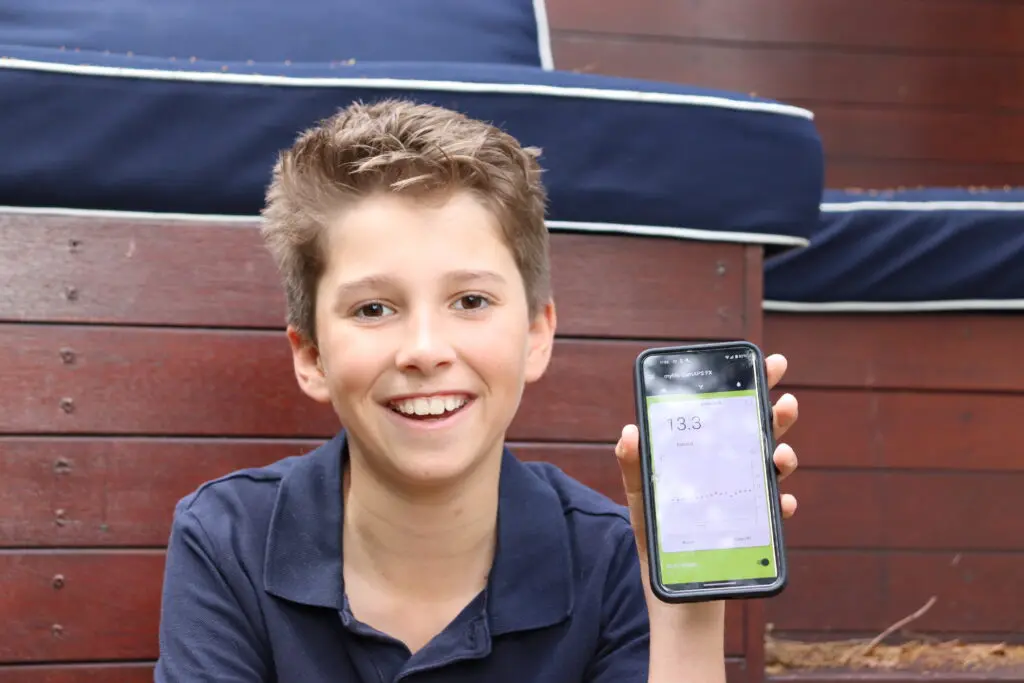
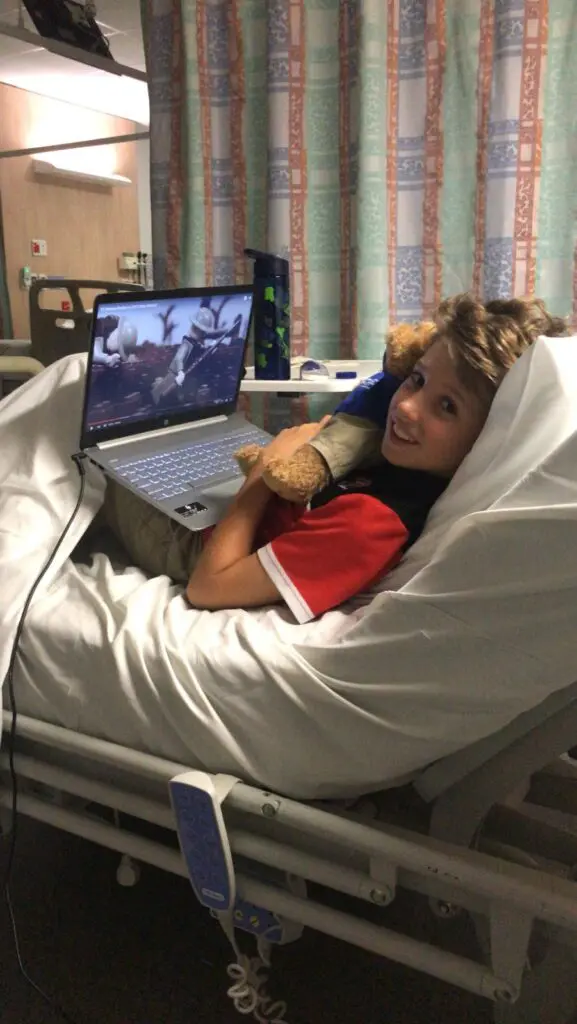
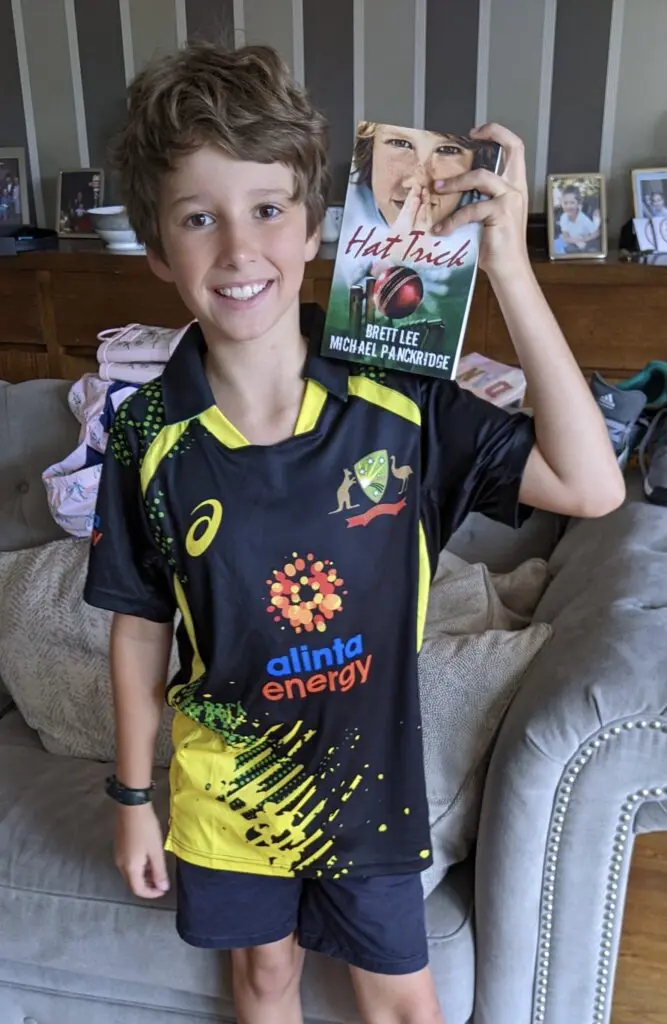
Another concern for his parents was that they were “flying blind” as to what his glucose levels were.
A month after diagnosis, Thomas was fitted with a Continuous Glucose Monitoring (CGM) device under his upper arm, which wirelessly transmits real-time glucose readings to a mobile phone app.
This technology was a game changer as his parents now had a view of their son’s levels and are alerted when they are too high or drop too low. Even his four-year-old sister Chloe can help by reading the levels on his mobile phone.
His parents are thankful for the pastoral care Thomas receives at school as it is paramount to managing his diabetes. Not only has the school granted permission for Thomas to have access to a mobile phone, but all layers of the school are on a WhatsApp group, where his parents can send a message if Thomas’ levels are low, and when they require the school to intervene in his care.
To reverse his low blood sugar levels (hypoglycaemia), Thomas eats a small snack or a few jellybeans which he carries with him. His teachers also have access to jellybeans as a back-up. Thomas says he prefers the green jellybeans, and he gives his principal the black ones as a thank you for helping him!
Diabetes is the only illness that you can treat with a jellybean to make you feel better.
The next significant piece of technology for Thomas was being fitted with an insulin pump on his stomach in April 2023 which eliminated the need for needles and gives him more freedom. It also removed the need to carry a lot of diabetes equipment when they travel or when Thomas attends school camp. The introduction of the pump has been so successful that even his 88-year-old Papa is considering getting one fitted.
“Advanced diabetes technologies such as automated insulin pumps and continuous glucose monitoring are now available and offer patients like Thomas and their families the opportunity to achieve excellent glucose levels, whilst also potentially reducing their burden of treatment. These technologies are constantly advancing and require ongoing and intensive education to be used effectively”.
Thomas is a very confident young boy and while he doesn’t broadcast his diabetes widely, he is not shy in talking about it which he says has increased people’s understanding of the condition and provided him a new community of fellow diabetics.
“Thomas is a delightful young boy with a wonderful family who are an honour to be able to support,” said Professor Hameed. “The diagnosis of T1D in this age group can represent a major life-changing event for child and family. As his Paediatric Endocrinologist working within our multidisciplinary team, it is heart-warming to see him able to continue to grow and flourish despite his diabetes.”
If you are grateful for the healthcare you or a loved one received, you can donate towards an area of medicine that matters to you through the NORTH Foundation.
